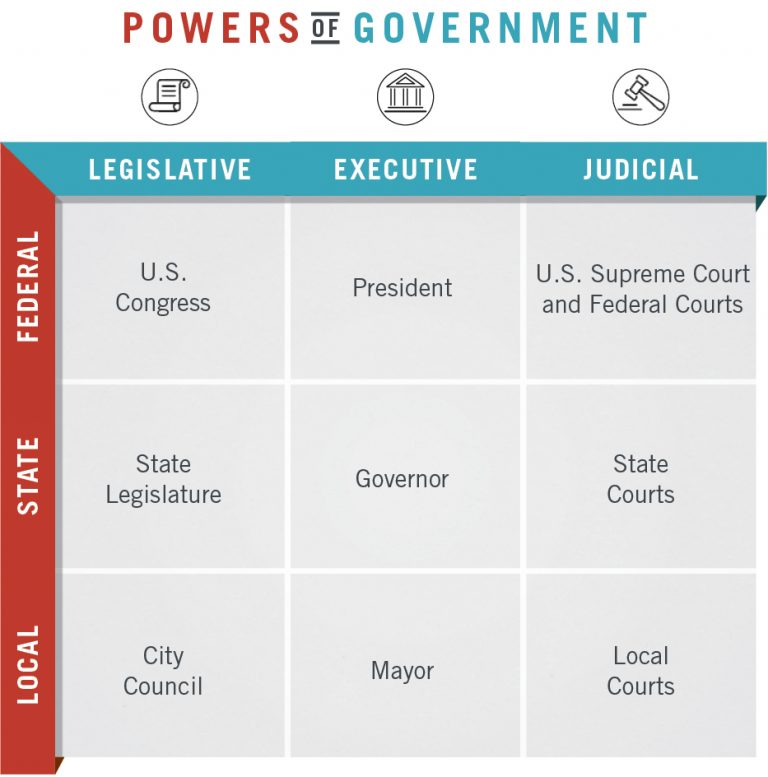This article is part of a three-part series on how federalism works in America. Other installments focus on local governments and the federal government.
In America, the 50 states are known as “laboratories of democracy” because they engineer creative policy ideas that are tested within the state and sometimes adopted at the federal level.
National laws laying out minimum wages, workplace safety standards and welfare and health care policies all started out first in the states.
The U.S. relies on a system called “federalism,” in which government powers are divided between local, state and national responsibilities. It’s an important concept to understand because citizens encounter different levels of government daily, but in different ways.
It’s the American federalism structure and political culture that encourages states to take the initiative, explains Karla Jones, director of international relations and federalism at the American Legislative Exchange Council. “We’re unique among a lot of developed nations where we give a lot of power to the states,” Jones said.
What do states do?
States offer a host of services to people living within their borders, starting from when a person is born through death. That’s because states issue birth and death certificates.
States are responsible for managing hospitals and health care, building and repairing highways, funding schools and colleges, collecting taxes and maintaining statewide police forces, whose officers are often called “state troopers.”
Every state has a Department of Motor Vehicles, where citizens go to register their vehicles, secure driver’s licenses and challenge tickets issued for moving violations. Tax dollars and fees help fund all of those services.
The state governor, elected by registered voters, has responsibilities that vary from state to state. But in general, the governor signs bills into law and runs the state’s executive branch, which in turn executes the governor’s agenda. Governors typically live in a taxpayer-funded official residence — a governor’s mansion — in the state’s capital.
This graphic summarizes the kinds of entities in each branch of government.

(State Dept./J. Maruszewski)
In addition to a governor, each state has a legislature. It’s up to the state to decide how large its legislature is. New Hampshire, for example, one of the smallest states in population, has 400 seats in the statehouse, while California, the country’s most populous state, has 80 seats.
Citizens residing in the states elect state representatives and state senators, who propose, write and vote on laws and approve annual budgets — doing their work in the state capital. The state provides a portion of the funding for local governments, schools, libraries and other public agencies.







COMMENTS0
LEAVE A COMMENT
TOP